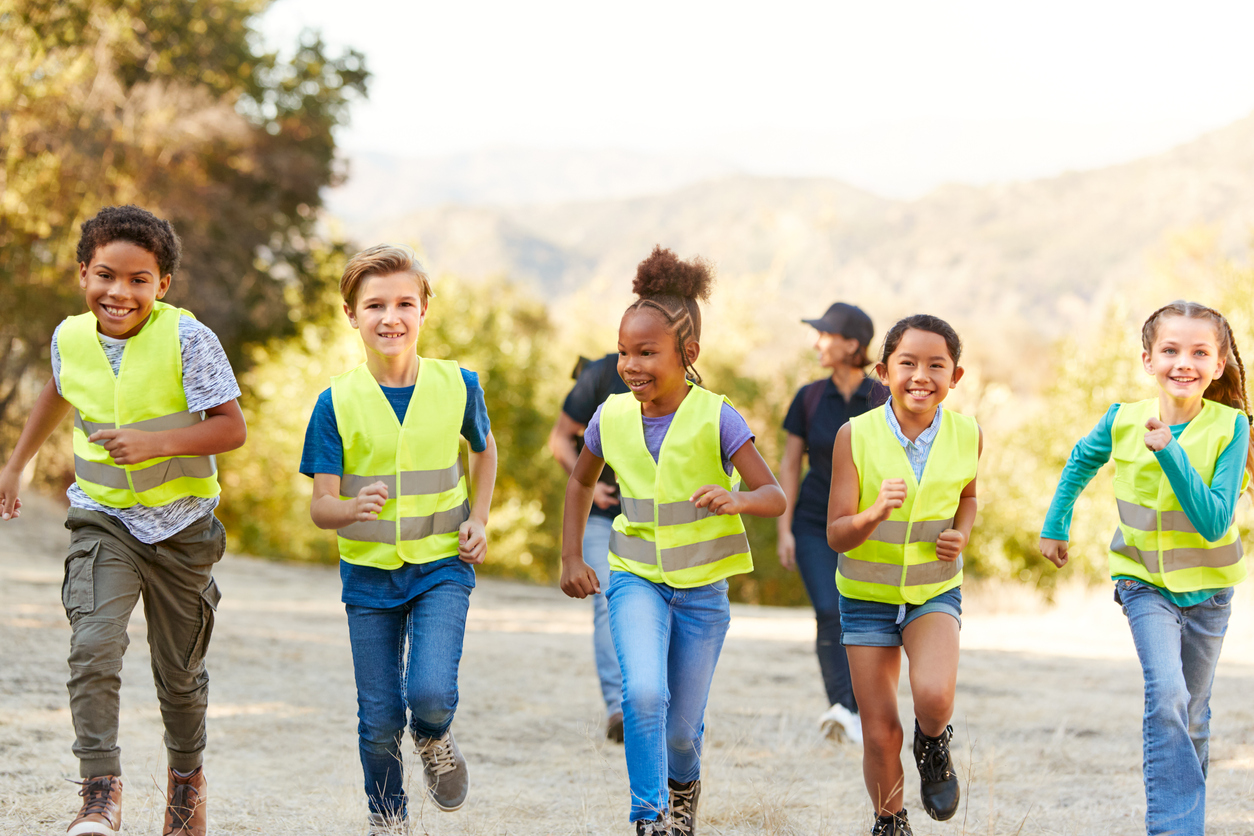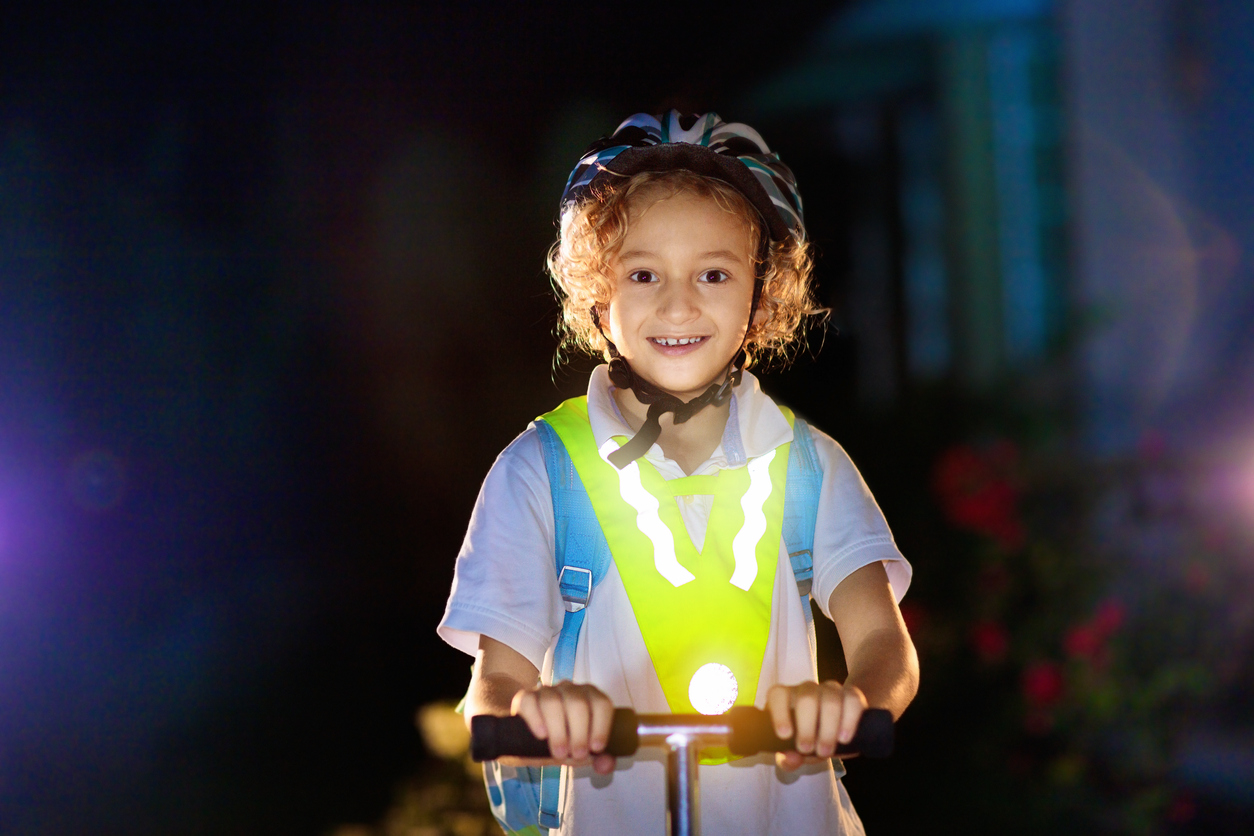
Why is pedestrian safety important?
Approximately 1.3 million people die as a result of road traffic crashes EVERY YEAR
More than half of all road traffic deaths are among vulnerable road users: pedestrians, cyclists, and motorcyclists.
Road traffic injuries are the leading cause of death for children and young adults aged 5-29 years. Education programmes for drivers (to be aware and respectful of young children), parents/guardians (supervision, holding hands) and children (learning how to cross roads safely) are key to reducing these fatality rates.
Road safety is a great subject in which to engage children and young people. It’s a subject even the youngest children know something about because everyone uses the roads, whether driving, walking, or travelling as a passenger. Unfortunately, this comes at a price, which includes people being
killed and injured.
But, road deaths and injuries do not have to happen. The last few decades have shown that the number of people killed or injured on the roads can be reduced, despite increasing traffic, through effective road safety approaches including a mix of education, engineering and enforcement.
Road safety education can play a vital part in keeping children safe on our roads, as knowing how to use our roads safely is a skill everyone should have
the opportunity to learn.
Why holding hands is important

When your child first starts to walk with you, talk to them about how they must always hold hands with a grown-up that they know, walking on the side furthest away from traffic. You should make sure that hand-holding is the number one rule that your child always follows when walking near the road.
If your young child is likely to pull away from you, it may be advisable to use safety reigns or a wrist strap. Never let your child go near a road alone, even with an older child. If your hands are full, you can ask your child to hold onto your shopping bag or a pushchair handle.
Although the onus is on the motorist to look out for pedestrians, it can be difficult for motorists to see smaller children, particularly when reversing, so take extra care.
Stop, look, listen, think
Children are never too young to start learning about how to cross the road safely, how they should walk on the pavement and how to behave
safely near the road and around traffic.
Bear in mind that younger children might not understand that different situations require different responses and behaviours. For example, if you do not stop when crossing the road to search for traffic because it is clearly an empty road and continue directly into the road, your child may not understand
that they need to actually look before stopping for the traffic.
You may think that crossing the road is easy, but for a child it is much more difficult. This is because crossing the road involves many tasks, for instance: identifying a safe place to cross the road while considering parked cars and junctions; paying attention to traffic; looking and listening; and focusing on the need to walk rather than run across the road.
Therefore, it is a good idea to take your child out near a quiet road to begin to practice crossing the road safely. Even from a young age, you can begin to teach your child the stop, look, listen, think sequence to keep them safe when crossing the road.
Be safe, be seen
It is also important to teach children of all ages about the need to be visible on the roads, and this is particularly
important on darker evenings and mornings.
Encourage your child to wear clothes that make them visible to motorists. Some coats have reflective strips to make your child more visible to motorists.It is vital that your child understands the need to see and be seen, and how difficult it can be for motorists to see them.
You can explain to them how their clothing can affect their visibility to other road users.
Explain the difference between reflective and fluorescent materials. Reflective materials show up in the dark and fluorescent materials
allow you to be seen in daylight.

Fluorescent clothing allows you to be seen in daylight

Reflective clothing shows up in the dark